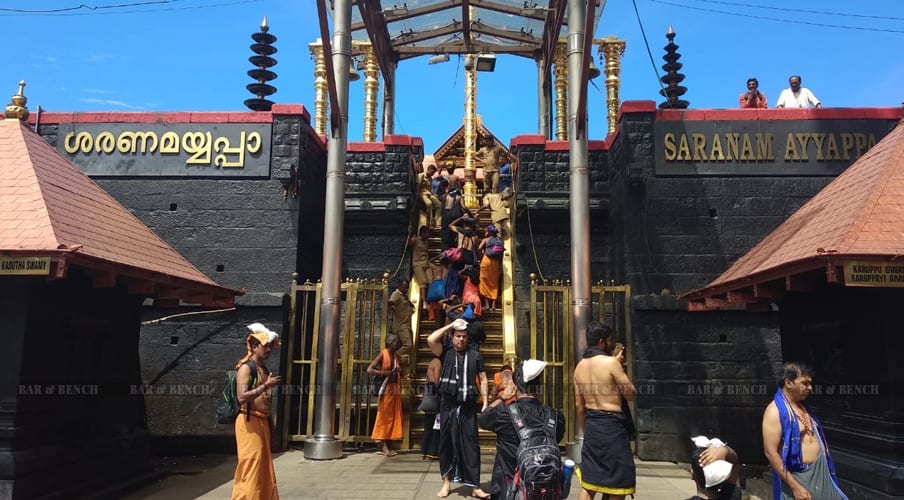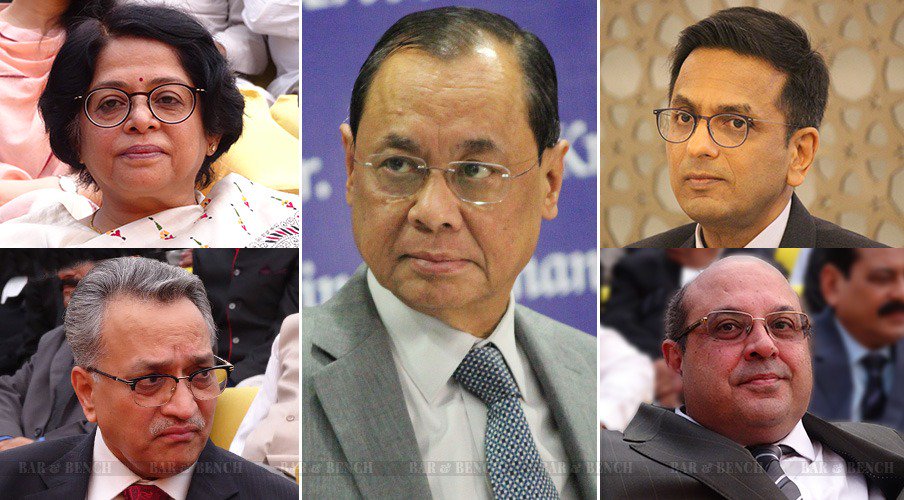#Ayodhya case.
A five-judge bench comprising CJI Ranjan Gogoi and Justices S A Bobde, D Y Chandrachud, Ashok Bhushan & Abdul Nazeer has assembled.
Senior advocate Rajeev Dhavan (RD) resumes his arguments for Sunni Waqf Board.
#AyodhyaHearing
#AyodhyaHearing
#AyodhyaHearing
#AyodhyaHearing
Dhawan: No. I do not.
J. Bhushan: When you accept them as shebait you also accept a part of land is theirs.
#AyodhyaHearing
#AyodhyaHearing
#AyodhyaHearing
#AyodhyaHearing
RD: I have already submitted that the deity has limited rights. In 1885 shebait filed suit but title was not claimed.
#AyodhyaHearing
J. Bhushan: Are you saying that quranic law will not be applicable to a masjid.
RD: my case is waqf by user. We may co-exist, because its my property. Some people come and say they have been praying here, i do not stop them. Its the title question that i am answering.
i. Claim is only against the State and Section 145 proceedings.
ii. Claim is only for management and charge.
iii. Suit restricted to inner courtyard.
v. in 1949, the idol was shifted from chabutra to the inner courtyard under under central dome.
vi. No averment that central dome was place of birth.
vii. Nirmohis as shebait have been deprived of management and charge.
ix. Even if there is a new temple, Nirmohi will remain shebait.
x. Nirmohi first claimed that word janamsthan was meaningless but later accepted the same to be juridical entity.
xii. Though Nirmohi Akhara has been held to be not entitled to any relief and yet outer courtyard has been given to them.
#AyodhyaHearing
CJI: You are going okay.
#AyodhyaHeari
J. Chandrachud asks that if the exhibits filed by Nirmohi Akhara have been taken aid of in establishing their Shebaiti rights and if Dr. Dhawan accepts their statis as Shebaits, to what consequence are the exhibits being referred to.
CJI: Will you allow us to hear the matter the manner we want to or do you want us to hear the manner you want it?
#AyodhyaHearing
#AyodhyaHearing
#AyodhyaHearing




